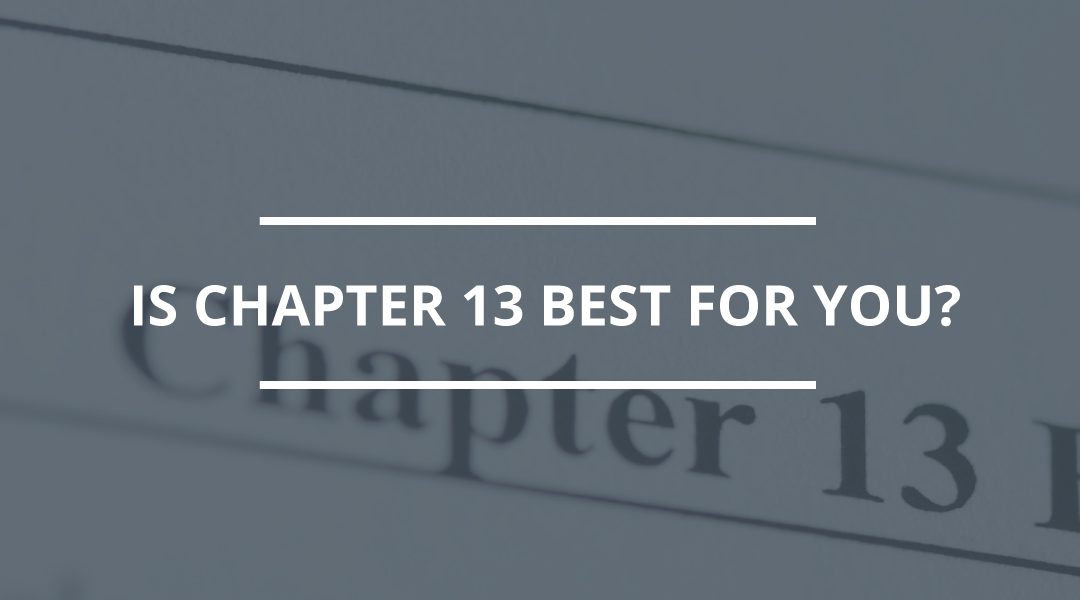Bankruptcy can be a life-saving legal resource for someone in dire financial straits. However, it can also greatly exacerbate one’s financial wellbeing without the proper legal guidance through the myriad of paperwork and headaches.
Labiak Law Group is the leading authority in California bankruptcy cases, ensuring its clients an expedient result to even the most complicated of cases. Stephen Labiak and the team are dedicated to helping clients obtain just and fair legal representation in bankruptcy cases in the Fresno and Visalia area.
Understanding Bankruptcy
Not all bankruptcy cases are created equal, hence there are numerous chapters of bankruptcy that seek to meet the needs of an individual’s particular financial circumstances. Each chapter of bankruptcy offers a unique legal route way to deal with outstanding debt. The National Foundation for Credit Counseling complies a brief explanation for each chapter of bankruptcy:
- Chapter 7 – Asset liquidation
- Chapter 9 – Municipal debt
- Chapter 11 – Debt reorganization
- Chapter 12 – Family farmers’ debt
- Chapter 13 – Wage earner’s plan
- Chapter 15 – Foreign debt solution
The most common types of bankruptcies for individuals narrow down to Chapters 7, 11 & 13. It is strongly advised to consult professional legal counsel in order to best gauge the appropriate legal solution for one’s particular financial situation. Let’s take a closer look at the upsides of filing under chapter 13.
What is Chapter 13?
Most people associate bankruptcy with asset liquidation and foreclosure. However, chapter 13 offers the added benefit of the restructure and the dismissal of debts, all the while retaining key exempt assets such as the home of residence.
The United States Courts state that chapter 13 bankruptcy or also known as wage earner’s plan, develops a repayment program of either three to five years for those that fall within a certain income bracket.
During this period of debt restructuring, the petitioner is under chapter 13 legal protection and cannot be solicited with collection efforts on behalf of creditors.
Determining Eligibility
In order to be eligible to file under chapter 13 bankruptcy, the petitioner must not have unsecured debts exceeding $394,725 and secured debts exceeding $1,184,200. However, these figures are subject to change considering current consumer price index figures.
Other important considerations determining the eligibility involves whether the petitioner has had a prior bankruptcy filing dismissed in the last 180 days due to failure to appear in court or has not received accredited credit counseling 180 days prior to filing a bankruptcy petition. Either case will result in a rejected petition which could be a severe loss of time and resources.
Keep in mind that an experienced attorney can provide invaluable insight into the requirements and proceedings of a bankruptcy filing that can help ensure a beneficial outcome. Be sure to seek professional legal advice before commencing a bankruptcy petition.
Advantages of Chapter 13
Chapter 13 bankruptcy can save a person from imminent foreclosure and asset liquidation by constructing a repayment plan to creditors which can also cure delinquent mortgage payments over time. Additionally, third-party co-signers on consumer debt can be spared of all liability and obligation in future collection efforts.
This may also apply to secured debts which can be extended over the life of the chapter 13 settlement. A successful chapter 13 filing ultimately leads to a consolidation loan which is mediated through a court-appointed trustee that distributes the payment accordingly to creditors. This liberates the debtor from having direct contact with their creditors.
Filing for Chapter 13
The first steps in the process of filing for chapter 13 bankruptcy involves compiling a list of financial statements including:
- Assets and liabilities
- Income and expenditures
- Active contracts and leases
- Financial affairs
- Certificate of credit counseling completion
- Tax returns
In addition to all of the necessary documents, petitioners may also need to cover a court case filing fee which may differ depending on location. The petitioner must file the case in the bankruptcy court serving the area of the primary home of residence. The petitioner may file as a joint or single petition depending on marital status.
Married individuals must gather the financial information of both partners regardless of whether they are filing as a single or joint case. This can help the court trustee and the creditors better understand the household’s financial position.
Once the bankruptcy petition has been successfully filled, a court trustee will be appointed to the case which will serve as a mediator and distributing agent of payments collected from a debtor to creditor.
Contact Us
Labiak Law Group has the premier bankruptcy attorneys in the state of California. Getting in touch is as simple as sending an email, making a quick call, or making a personal visit to their legal offices in the Fresno or Visalia area.

